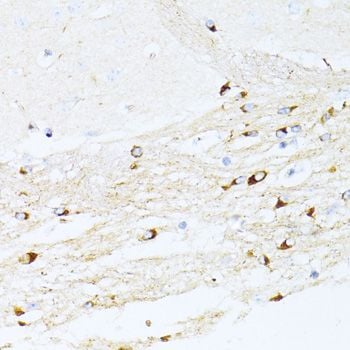Introduction: Influenza hemagglutinin (HA) is a type of hemagglutinin found on the surface of the influenza viruses. HA is an antigenic glycoprotein, like all other hemagglutinins, it causes red blood cells to agglutinate. HA is responsible for binding the virus to the cell that is being infected. HA proteins bind to cells with sialic acid on the membranes, such as cells in the upper respiratory tract or erythrocytes.
HA is a homotrimeric integral membrane glycoprotein. HA monomer is synthesized as a single polypeptide that is subsequently cleaved into two smaller polypeptides, the HA1 and HA2 subunits. Each HA monomer consists of a long, helical chain anchored in the membrane by HA2 and topped by a large HA1 globule.






















